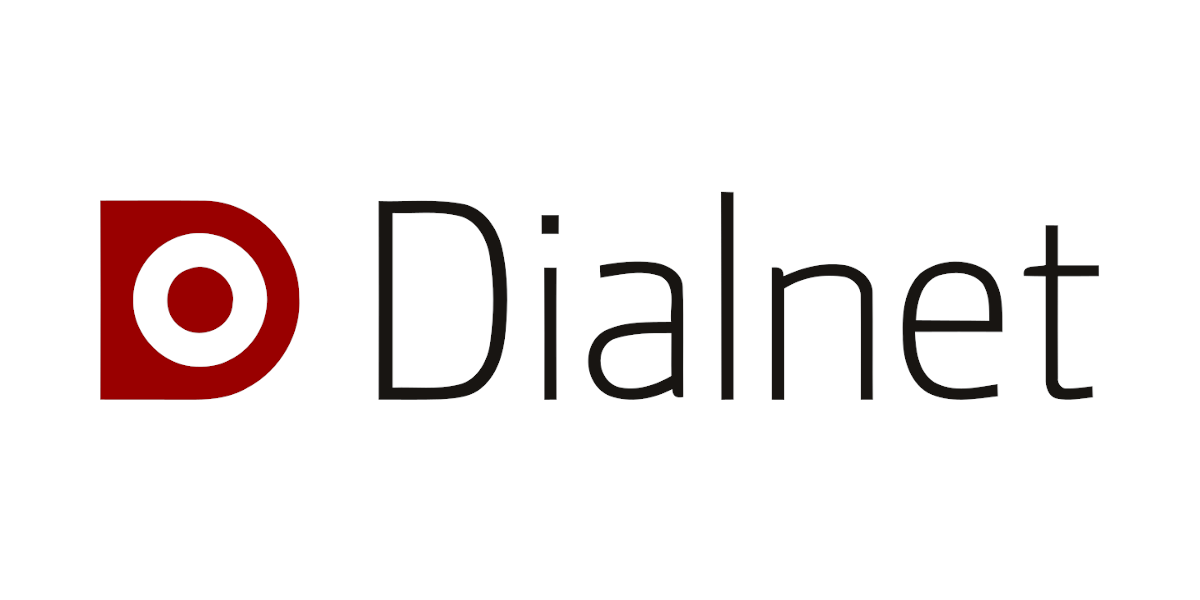Evaluation of two formulations of progesterone in HeatSynch protocols in lactating Holstein cows in a pasture-based system
Keywords:
Dairy cows, Progesterone, Estrus synchronization, Postpartum anestrusAbstract
To evaluate two formulations of progesterone (injectable: MAD-4, or intravaginal: DIV) included in the estrus synchronization protocol HeatSynch, 377 lactating Holstein cows, primiparous and multiparous, cycling and in anestrus, located in three dairies were used. The Protocol consisted of: Day 0: GnRH and administration of MAD-4 or DIV; Day 7: Prostaglandin (PG); Day 8: (BE) Estradiol Benzoate; Day 9: heat detection and AI; Day 10: Fixed Time Artificial Insemination (FTAI) to cows that did not show heat; Day 45: pregnancy diagnosis using ultrasound. Milk samples were obtained at Days - 7 and 0 for determination ovarian activity according to levels of progesterone. First service pregnancy rates were: 20.5% in Farm 1, 30.8% in Farm 2, and 43.3% in Farm 3 (P<0.05). Fertility of treatment was not affected by progesterone formulation (DIV: 33.0%, MAD-4: 33.1%; P>0.01) cyclicity (Cycling: 32.3%, Anestrus: 35.3%; P>0.01) or parity (Primiparous: 36.1%, Multiparous: 30.2%; P>0.01). An interaction was found between farm and cyclicity (P<0.05). Pregnancy rate was lower in Primiparous of farm 1 than in farms 2 and 3 (12.9% vs. 49.8% and 33.3%; P<0.05). Bases on the lack of differences between treatments it was concluded that it is possible to replace intravaginal devices with injectable progesterone, as a presentation easier to apply and that does not generate wastes of hormonal pollutants.










